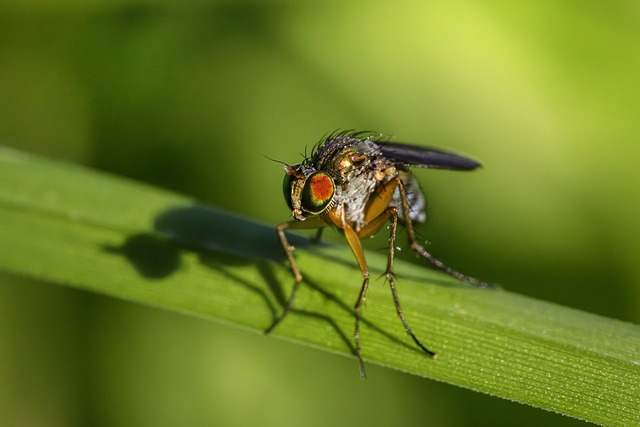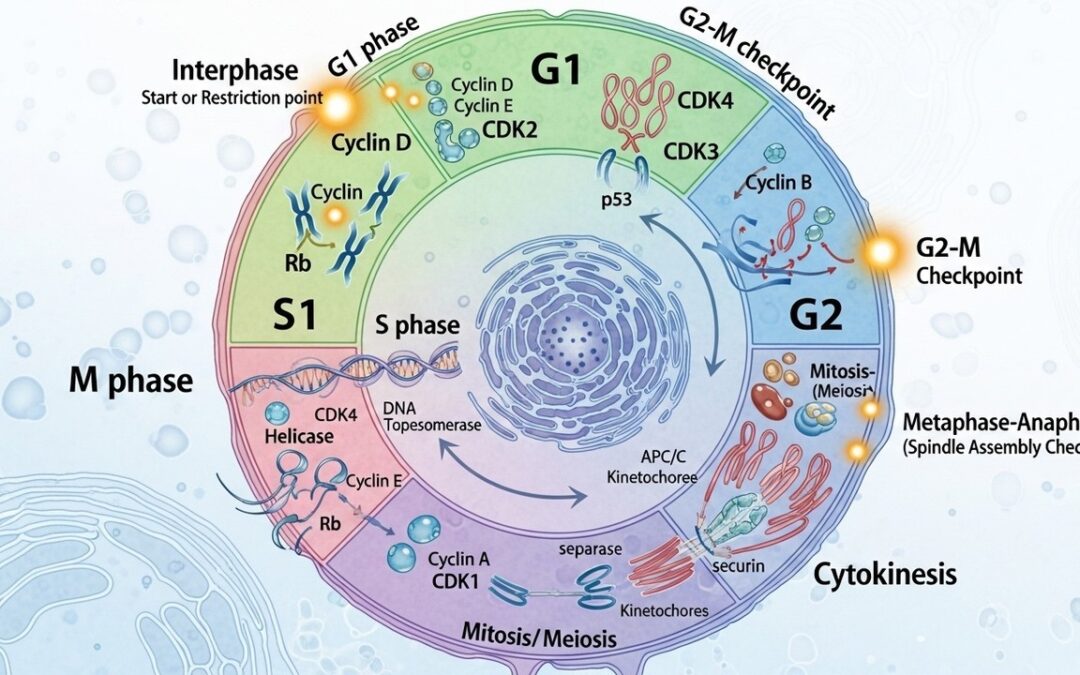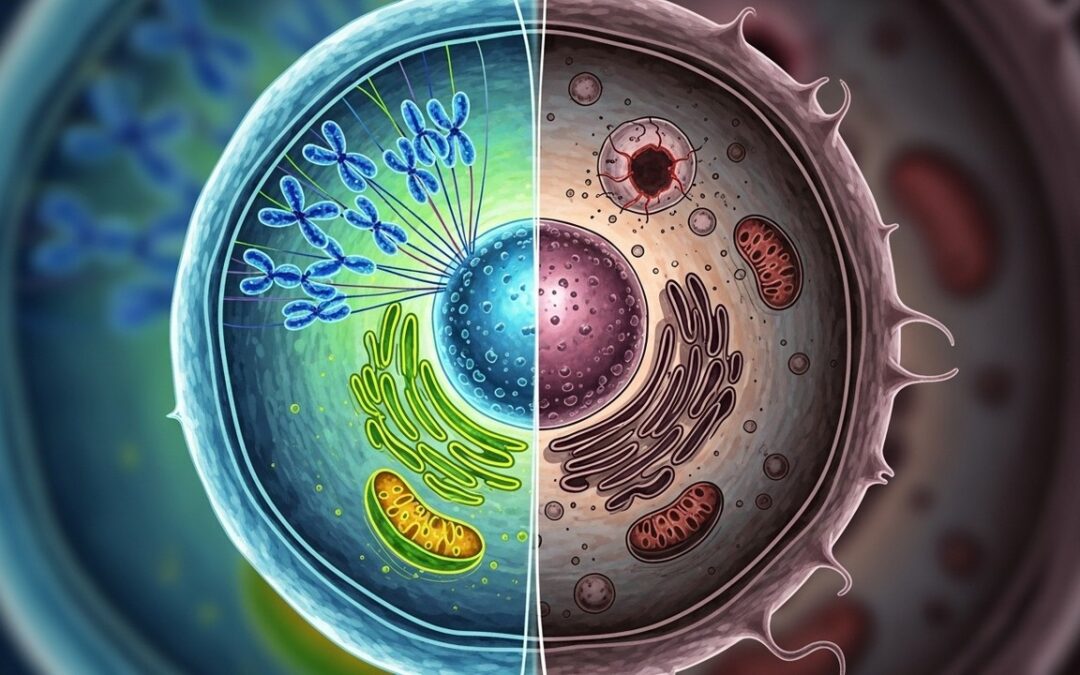The fascinating fields of Morphology and Embryology delve into the structures and developmental processes that form the essence of biological organisms. Morphology, a study of the form and structure of organisms, provides insights into the shapes, sizes, and external features of creatures. On the other hand, Embryology explores the intricate process of development from a single zygote to a complex organism. These intertwined disciplines not only enhance our comprehension of biological diversity but also shed light on the foundational principles underlying the growth and evolution of life. The intricacies encapsulated in these fields illuminate the continuum from cellular structure to complex form, revealing how genetic information translates into morphological features through developmental stages.
We also Published
- The Legacy of Puddled Iron in Contemporary Metallurgy
Puddled iron is a refined form of iron produced through a process known as puddling. It was a significant technological innovation during the early stages of the Industrial Revolution, providing a method to transform crude pig iron into a more malleable and durable material suitable for various applications. The puddling process involves melting pig iron in a reverberatory furnace and stirring it with rods, which oxidizes impurities such as carbon and silicon, resulting in a more refined iron pr… - Cardinality of Sets
The number of elements in a set is called\xa0cardinality. The cardinality of a set A is generally represented by\xa0|A|\xa0or\xa0n(A) meaning the number of elements in set A.\xa0 Examples: The cardinality of the set { 1, 45, 2, 34 } is 4. The cardinality of the set { a, e, i, o, u } is 5. […] - Exploring the Cosmos: Astronomy and the Wonders of the Universe
As we stand on this tiny planet, gazing up at the cosmos, we are reminded of our profound connection to the universe
What is Morphology?
Morphology, in the realm of biology, refers to the study of the form and structure of organisms. It examines external and internal configurations, focusing on shapes, sizes, patterns, and anatomical features. This field encompasses various branches, including comparative morphology, which contrasts anatomical structures between species to identify evolutionary relationships.
Principles of Morphology
The principles of morphology revolve around understanding the composition and arrangement of tissues and organs. One major concept is homologous structures—body parts in different species that exhibit similarities due to shared ancestry. For example, the forelimbs of humans, bats, and whales demonstrate homologous characteristics despite their varied functions. Another pivotal concept is analogous structures, referring to body parts that perform similar functions but do not share a common ancestral origin, such as the wings of birds and insects.
Embryology: A Journey from Zygote to Fetus
Embryology is the branch of biology that investigates the development of an organism from the fertilized egg to its fetal stage. This domain examines how cells proliferate, differentiate, and organize to form the complex structures of an organism. Key concepts in embryology include cellular differentiation, morphogenesis, and organogenesis.
Stages of Embryonic Development
The development process in embryology is divided into several key stages:
- Fertilization: The union of the sperm and egg to form a zygote.
- Cleavage: Rapid cell division of the zygote resulting in the formation of a morula.
- Gastrulation: Formation of the three germ layers—ectoderm, mesoderm, and endoderm.
- Organogenesis: The development of organs from the germ layers.
- Fetal Development: Maturation and growth of the embryo into a fetus.
“The study of developmental stages offers profound insights into genetic and evolutionary mechanisms.”
Applications and Significance of Morphology and Embryology
Both morphology and embryology hold significant value in multiple domains:
- Medicine: Understanding congenital disorders and guiding surgical interventions.
- Genetics: Elucidating developmental pathways governed by specific genes.
- Evolutionary Biology: Tracing phylogenetic relationships through structural similarities.
- Taxonomy: Classifying organisms based on morphological traits.
Technological Advancements in Morphology and Embryology
Advancements in imaging technologies such as MRI, CT scans, and 3D ultrasounds have revolutionized our understanding of morphology and embryology. These technologies provide detailed visualizations of complex structures and developmental stages that were previously inaccessible.
“Technological integration in biological studies propels our capacity to unravel life’s deepest mysteries.”
Mathematical Modeling in Embryology
Mathematical models play a pivotal role in embryology. They help simulate developmental processes, providing insights into how cells differentiate and migrate. For instance, the Turing model demonstrates how simple chemical reactions result in complex patterns during morphogenesis.
import numpy as np
from scipy.integrate import odeint
# Turing model equations
def turing_model(y, t, D1, D2, k, a, b, M):
u, v = y
du_dt = D1 * (a*u + b*v) - k*u + M
dv_dt = D2 * (a*v + b*u) - k*v + M
return [du_dt, dv_dt]
# Initial conditions
y0 = [0.1, 0.1]
t = np.linspace(0, 10, 500)
params = (0.1, 0.05, 0.04, 1, 1, 0.01)
# Solve ODE
sol = odeint(turing_model, y0, t, args=params)
Solution Array: sol
Morphology in Evolutionary Biology
Morphological studies underpin significant evolutionary theories. By comparing anatomical structures, scientists elucidate the evolutionary history of species. The concept of morphological cladistics, which uses physical characteristics to build phylogenetic trees, illustrates evolutionary relationships among species.
Case Study: Evolution of Bird Beaks
The diversity in bird beak morphology exemplifies adaptive evolution. Different beak shapes correspond to various feeding strategies, reflecting natural selection’s role in shaping morphological traits.
Mathematical Representation
Evolutionary biologists often use mathematical models to study morphological changes. For example, the equation \( P_t = P_0 e^{rt} \) models population growth, where
- \( P_t \) is the population at time \( t \)
- \( P_0 \) is the initial population
- \( r \) is the growth rate
- \( t \) is time
Future Directions in Morphology and Embryology
The future of morphology and embryology lies in integrative approaches that combine genetic, molecular, and computational techniques. Emerging fields such as evo-devo (evolutionary developmental biology) offer novel perspectives on how developmental processes influence evolutionary patterns.
“The future beckons with the promise of unprecedented discoveries, melding genetics with structural biology.”
Potential Research Areas
Some promising areas of research include:
- Regenerative Medicine: Leveraging embryological principles to develop tissue engineering approaches.
- Genetic Modification: Understanding morphological outcomes of gene editing techniques like CRISPR.
- System Biology: Utilizing computational models to simulate and predict developmental pathways.
The convergence of morphology and embryology continues to unlock secrets of biological form and function, fostering advancements across scientific disciplines. These fields not only enhance our grasp of life’s diversity but also pave the way for groundbreaking applications in medicine, genetics, and beyond.
RESOURCES
- ScienceDirect
- Just a moment…
- Embryology and Morphology (Chapter 11) – The Cambridge Companion to the ‘Origin of Species’
- Equine Medical Services| Columbia, MO | Embryo Transfer Morphology & Grading
- Human Embryology and Morphology. | JAMA | JAMA Network
- Human Embryology and Morphology.: Arthur Keith: Amazon.com: Books
- Just a moment…
- Significance of morphological attributes of the early embryo – PubMed
- CK12-Foundation
- Embryology and Morphology of the Lens | IOVS | ARVO Journals








0 Comments